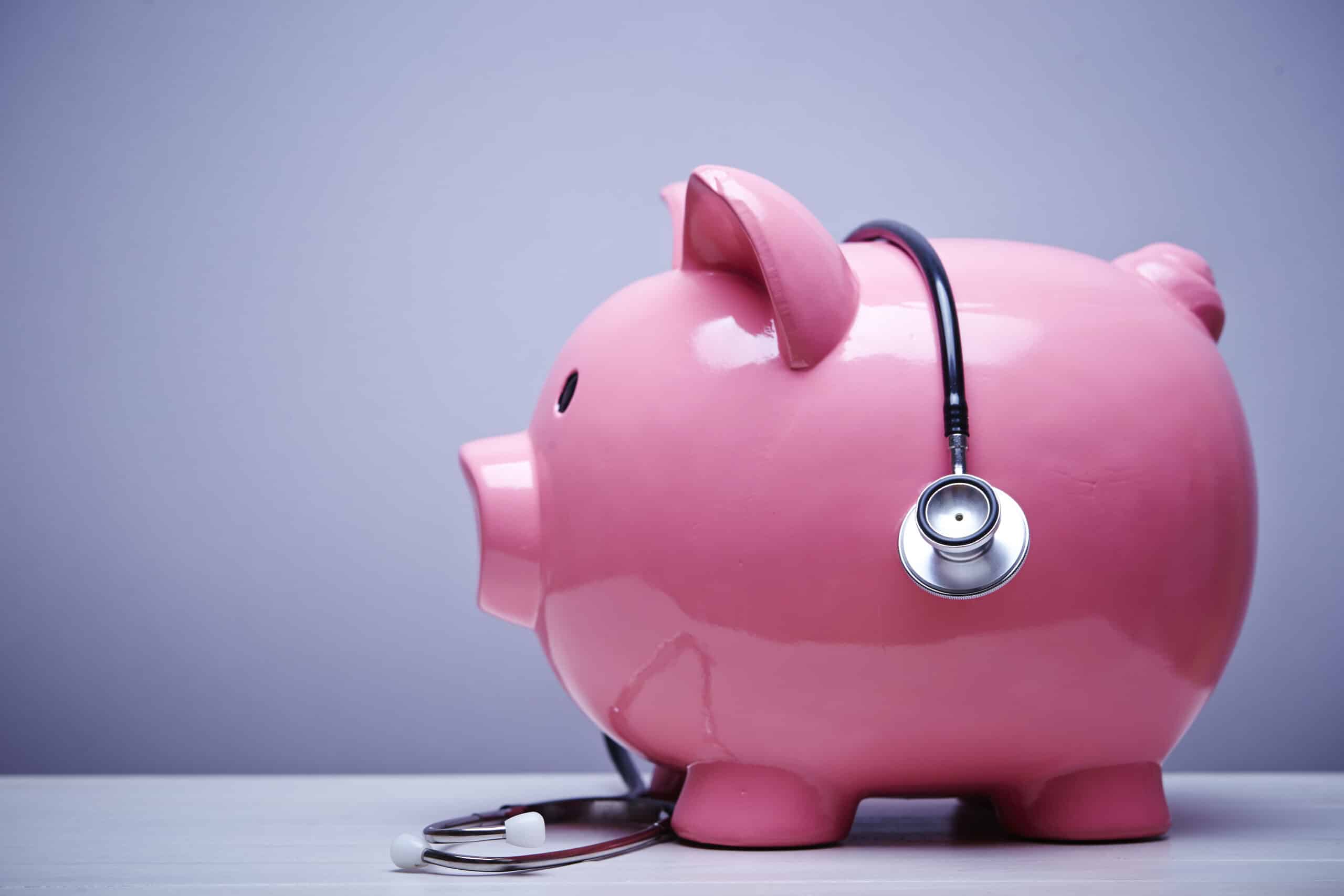“The substantial growth in healthcare spending was the largest since 2002 and driven by the unprecedented government response to the global pandemic,” Micah Hartman, a statistician in the CMS Office of the Actuary, and co-authors wrote in the study. “Federal spending increased rapidly in 2020 as the government increased public health spending to combat the pandemic and provided significant assistance to healthcare providers.”
Hartman et al. attributed federal healthcare spending to three specific areas: provider assistance programs such as the $122 billion included in the Provider Relief Fund along with $53 billion in the Paycheck Protection Program; increases in public health spending; and a surge in Medicaid payments following an uptick in enrollment which also coincided with additional medical assistance spending.
By comparison, total U.S. spending, excluding government-backed programs, increased by only 1.9% in 2020, declining from the 4.3% the year prior. Much of this was due to the decreased use of medical services and goods during the pandemic, the authors noted.
There will likely be pandemic-related effects seen in future healthcare expenditures, the authors explained, but they are likely to match what happened in 2020.
“Uncertainty remains regarding how the pandemic may evolve during the winter months (given the emergence of the Omicron variant in late fall 2021), whether the pandemic plays a significant role in 2022 and beyond, and whether there are other factors that might affect future healthcare consumption decisions,” the researchers concluded. “We do know, however, that the story that unfolded in 2020 and continues today is unlike anything that has happened in the past 100 years.”
Abstract:
“US health care spending increased 9.7 percent to reach $4.1 trillion in 2020, a much faster rate than the 4.3 percent increase seen in 2019. The acceleration in 2020 was due to a 36.0 percent increase in federal expenditures for health care that occurred largely in response to the COVID-19 pandemic. At the same time, gross domestic product declined 2.2 percent, and the share of the economy devoted to health care spending spiked, reaching 19.7 percent. In 2020 the number of uninsured people fell, while at the same time there were significant shifts in types of coverage.”




